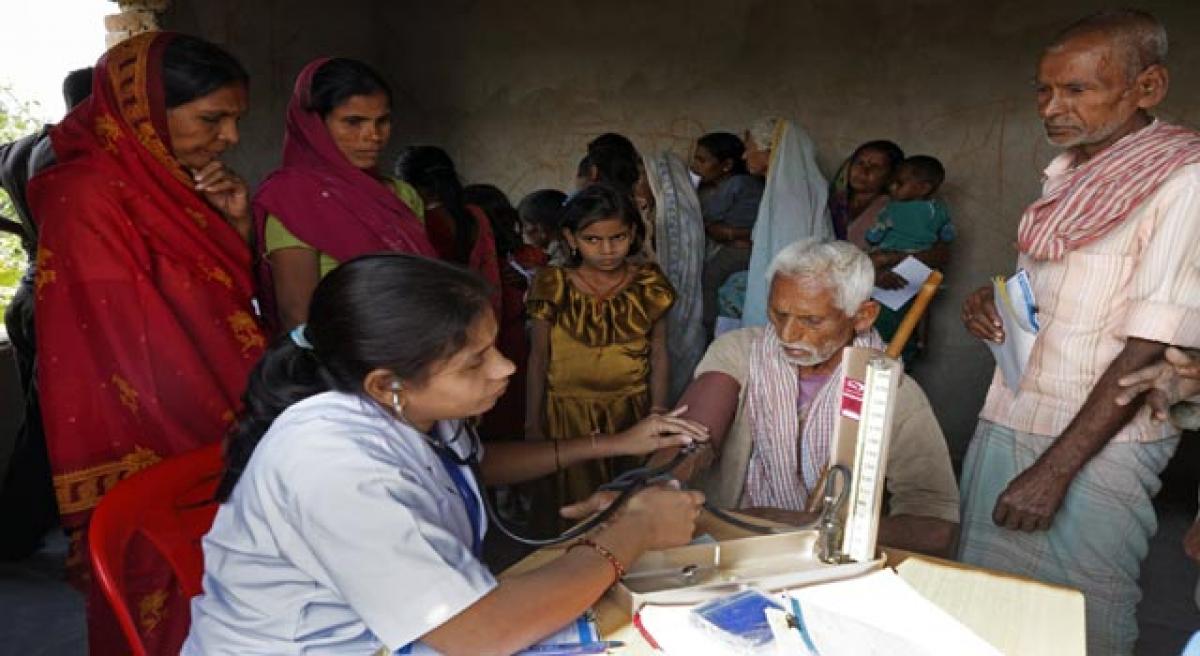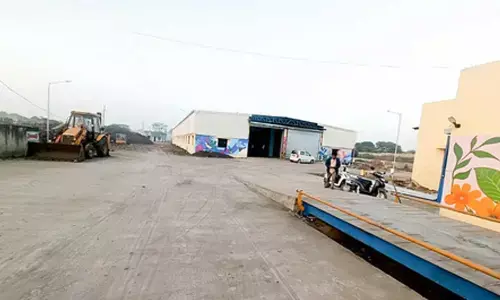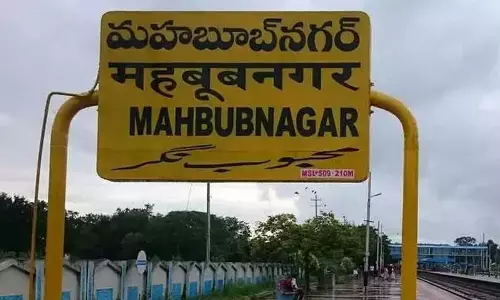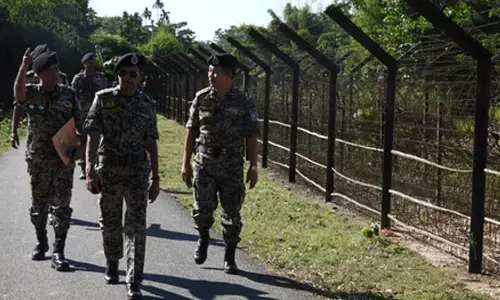Centre has to work on its promises for poor

It is indeed distressing to note the government’s cavalier attitude in fulfilling tall promises, it makes to the people. We hear of lot of initiatives being taken by it through the media but it takes years for them to become a reality.
It is indeed distressing to note the government’s cavalier attitude in fulfilling tall promises, it makes to the people. We hear of lot of initiatives being taken by it through the media but it takes years for them to become a reality. The propaganda machinery of the Government obviously does not give any target or deadlines but talks of intentions. Apart from this, even enforcement of law leaves much to be desired due to interplay of vested interests.
For example consider the recent Supreme Court stricture for non-implementation of a 26-year-old judgement mandating compulsory environment studies in schools and colleges. As is quite usual for the Government, a core committee was set up but no action was taken to implement the order. One may mention here that on a PIL fled by noted environmental activist and lawyer MC Mehta, it was decided that through the medium of education, “awareness of the environment and its problems related to pollution should be taught as compulsory subjects”.
However, education policy makers did not feel the necessity of making the young generation aware of the complex developments and the looming environment challenges that confront us and the future generations. Or let us take the exploitation of poor people in the realm of health and education. The rich and the middle income sections are protected and get all types of facilities needed for a dignified existence.
The health sector, as is well known, is beyond the reach of the common man, whether it is treatment costs of medicines or that of medical appliances. As such, the disease burden has been increasing, putting poor peril at peril while the nursing homes and doctors mint money. Obviously the government indifference is well manifest.
Those who need constant treatment like say dialysis cannot afford the same. As per reports, only one-third of patients get access to dialysis though, according to Union Health Ministry sources, the government is planning to set up free dialysis centres in every district hospital of the country. But it is not known when this would actually become a reality.
Moreover, it needs to be pointed out that not only the district but at least the sub-divisional hospitals need to have such facilities. People living in a far corner of the district cannot travel 15 km. or sometimes more to visit the district hospital regularly to have free dialysis. In the realm of health, various sorts of pollution affecting the poor and the EWS are another challenge.
In November last year, the Government informed the Lok Sabha that exposure to lead during childhood accounts for an economic loss of around $236 billion in India, citing the findings of a research at the New York University School of Medicine. In the education sector where private institutions mint money fiscal and where not just poor people but even those from lower income groups do not have the financial resources to get higher education here.
Even people from middle income sections have to spend their entire resources to get their wards educated in these deemed universities. This is demonstrated by the fact that those who qualify for MBBS or BDS examinations in these institutions one has to pay as much as Rs 25 lakh for their education. Even for post graduate education – MD or MDS, the cost is around Rs 25-30 lakh. These are indeed quite high and obviously beyond the reach of at least 75 percent of the population. Here again the indifference of the government is well manifest.
Let us also take up the case of housing where the Government has announced with much fanfare ‘Housing for All’ by 2019. Dalits, tribals and nomadic tribes, who have no land, will be forced to live without dignity as the Centre has discontinued assistance to landless people under the Pradhan Mantri Awas Yojana Gramin (PMAY-G). It has also dropped plans for a law to give plots to the landless.
Such examples clearly reveal that the government is run by people who have little or no concern for the poor and the economically weaker sections. In trying to come out with statistics to show that people are coming out of poverty do not have much value as the indifference of the government in well manifest, even while implementing schemes and projects for the lower segments of society.
In such a situation, one needs to ponder the priorities of the government. The elitist culture has pervaded our society and politicians, who come to power after spending crores of rupees, are no exception. How this can change and a developmental policy adopted to primarily focus on the neglected sections remains a big challenge before our politicians and policy-makers.
An atmosphere of helplessness, frustration and the erosion of hope have pervaded the atmosphere today with sufferings increasing in all spheres of life. Unless there is change in the mindset of our political masters and policy makers, nothing will change and the indifference towards the suffering majority – around 60 percent of the population – would continue. Where this will lead to, is anybody’s guess!
By Dhurjati Mukherjee















